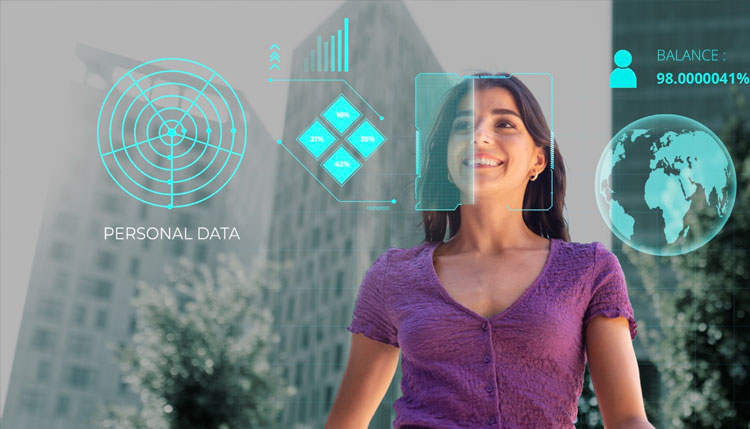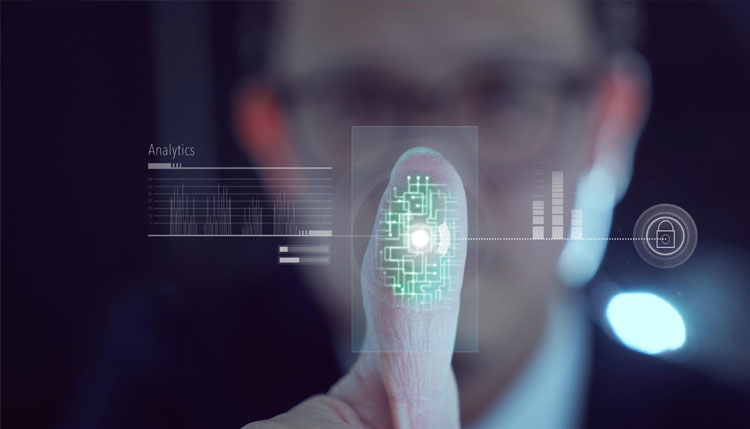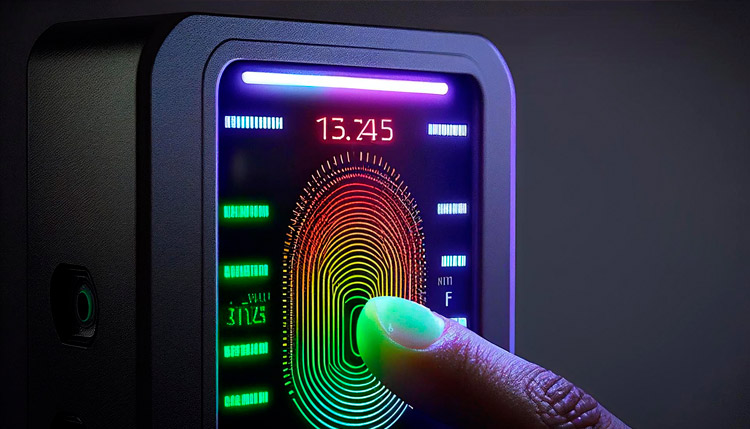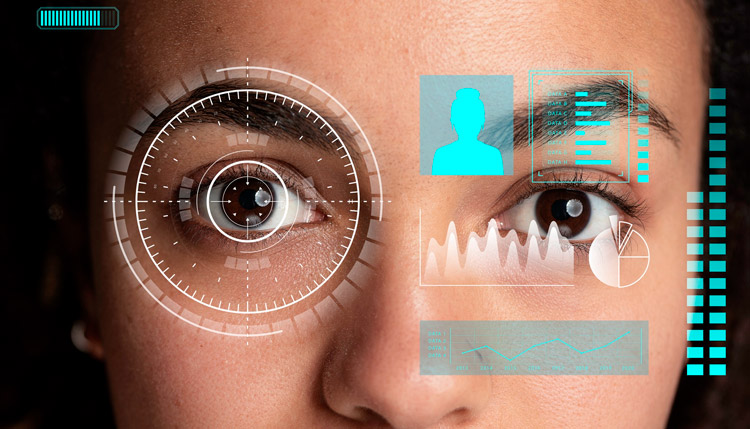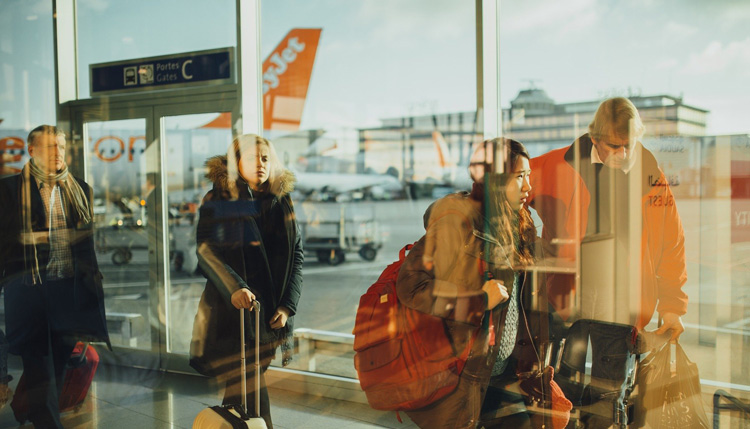
How can Facial Recognition and Artificial Intelligence simplify air travel?
Industries grow when they adopt and invest in the latest technologies. The airline industry is no exception to this. It has to constantly evolve and adapt to the latest trends in technology to improve their customer service. Facial recognition in combination with Artificial Intelligence(AI) can reshape the entire landscape of the airline industry. Unfortunately, most of the airports and airlines have failed to utilize these technologies to simplify the air travel of their customers.
Facial recognition and AI can be ideal weapons to combat issues related to congestion at airports. A study points out that this combination of technologies can help airlines to board around 285 passengers in less than 20 minutes which is half the time it takes through a manual process.
This turnaround is easily achievable if facial recognition is used instead of manually checking the documents of the passengers at the check-in counters and security gates. AI can then aid the facial recognition system in verifying the data to add that extra layer of security. Past records of passenger data collected through various channels such as airline reservation systems, passport readers, frequent flyer apps, etc. are fed into an AI system regularly. The AI system intelligently processes this data to verify and confirm the authenticity of the passenger.
Many airlines and airport authorities are skeptical about its effectiveness and also apprehensive to implement it on a wide scale. This is attributed to the huge investment involved and also the possibility of backlash from passengers citing security and privacy reasons.
However, on the bright side, some companies have adopted facial recognition and AI on a small scale and trying out its effectiveness. For example, Delta Airlines in the US has built self-service bag drop machines at Hartsfield-Jackson International Airport’s international terminal. The kiosk accompanying these machines will capture the face of the customers at the time of check-in along with their passports to automate the process of check-in, saving precious time of the passengers. The data is then verified through an AI system to confirm whether the person checking-in is who they claim to be. However, the airlines have made this process optional in consideration to those passengers who are worried about privacy.
Other examples include British Airlines and Iberia Airlines piloting facial recognition plus AI in the Los Angeles Airport and Madrid Airport respectively to fast track passenger movement at various checkpoints in the airport without the need to show travel documents.
Though a handful of airlines have implemented facial recognition and AI to improve their customer service, there is still a long way to go for the airline industry as a whole in terms of adopting these technologies. The fears of the airports, airlines and the passengers on the effectiveness and the security of these technologies can be allayed only through proper awareness. Once that is achieved, AI and Facial Recognition can be implemented on a massive scale to make air travel easier and quicker.

